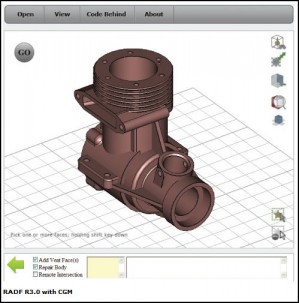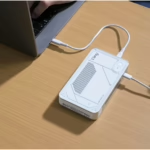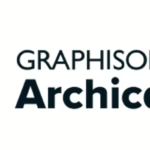CGM release gives Dassault Systèmes a direct competitor to Parasolid. Spatial also releases an update to its 3D InterOp translator toolkit.
The Spatial Corp. division of Dassault Systèmes has announced general availability for the Convergence Geometric Modeler (CGM) 3D modeling kernel, the same underlying technology used by Catia. The release gives software developers a new alternative core technology, as well as a way to add Catia compatibility at the modeling level. 
It has been more than 10 years since the release of a commercial 3D geometry kernel, bringing new competition to the 3D kernel market currently ruled by Parasolid from Siemens PLM Software.
Catia has been an industry leader because of its extreme 3D geometric and topological precision, large data capacity, and extensive surfacing capabilities. Spatial says all these attributes are now available to developers who license the GCM kernel.
The Boundary Representation (B-Rep) modeler at the core of CGM supports both history-based and direct modeling, with multi-dimensional modeling that integrates wire, surface, and solid modeling functions. The kernel comes in 32-bit and 64-bit versions, and offers a C++ application programming interface.
CGM key capabilities include:
- Native B-rep interoperability with Dassault Systèmes V5: preserves full geometric and topological integrity;
- Multi-Dimensional Modeling: a toolset to define and manipulate solid, surface and wire geometry;
- Foundation-based Tolerant Modeling: tolerant modeling designed in from the beginning to ensure precision for natively built and imported models;
- Tolerant Operators: fault-tolerant operators, accepting of tolerant topology inputs. Whenever possible, operators strive to improve tolerances, making the result more precise than the input;
- Full Breadth of Operations: a complete suite of modeling operators required by applications in PLM workflows;
- High Scalability: optimized performance and low memory consumption for large models;
- Advanced Operations: a set of specialized operations for creation and modification of complex geometries;
- Robust Surfacing: capabilities included blending, covering, and sweeping, with behavior that maintains geometry integrity;
- Faceting: a function for generating a polygonal representation of the 3D model.
CGM capabilities are wrapped in current object-oriented design technologies including C++ and C# programming language.
Mitsui Zosen Systems Research Inc. (MSR) is a launch customer for CGM. The company is building a 3D software solution for industrial machines. MSR needed a 3D modeling kernel, CAD translation components, and graphic solution that supported their vision of an easy-to-use, high-performance application. MSR customers are spread across the automotive, aerospace, and machine manufacturing industries, requiring multi-CAD interoperability. MZR will release its new product in the second half of 2011.
3D InterOp GCM update
Spatial has also released its 2012 version of 3D InterOp CGM, its translator toolkit that delivers B-Rep CAD translation for a wide variety of industry formats, including Catia V4, Catia V5, SolidWorks, Inventor, Pro/ENGINEER, (now called Creo Elements/Pro) and NX, as well as industry standard formats IGES, STEP, and Parasolid. Capabilities include:
- For Catia V5, 3D InterOp CGM directly extracts geometry, avoiding the need for translation; Spatial claims performance up to 10x faster than other commercially available translators. 3D InterOp CGM also optimizes the performance of reading industry standard file formats, such as IGES and STEP;
- A unified object oriented interface, simplifying the task of integration. 3D InterOp CGM supports all 3D software applications, independent of the underlying modeling engine.
- Post-processing functions to automatically heal and address geometric problems inherited from the source model. Post-processing ensures high-quality translation for data reuse, a critical need for engineering applications that require model interrogation and manipulation.
Spatial will provide a presentation and demo of CGM and 3D InterOp 3D R2012 Wednesday, July 20th, at 10:00am EDT (14:00 UTC).





